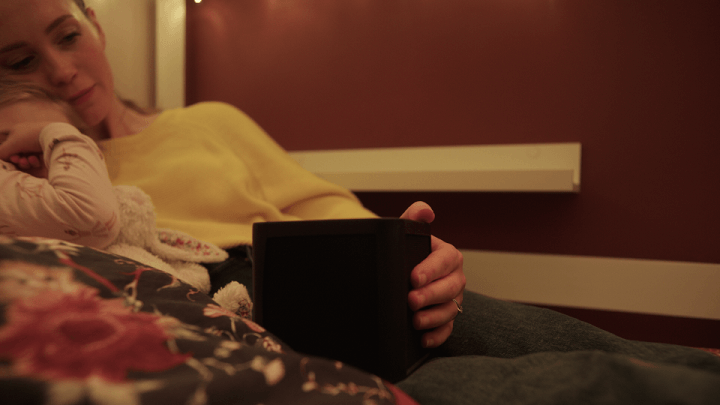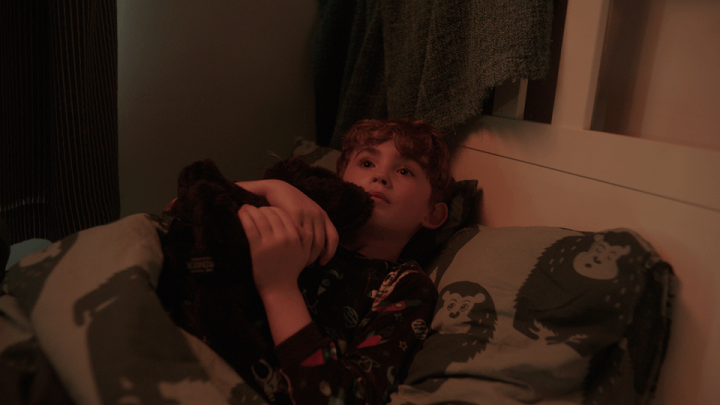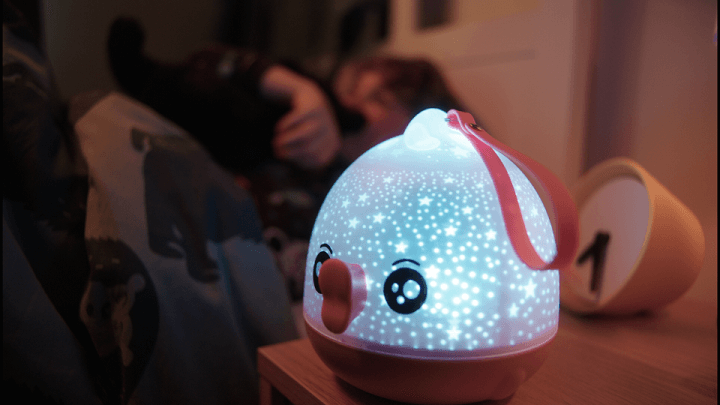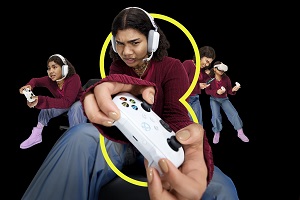Tech hacks that make bedtime magical
It should be blissful. But let’s be frank. Sometimes—a lot of the time, even—bedtime is bedlam.
If you want to get a sense of the scale of parents’ frustration with the supposedly simple task of tucking their children up in bed, look to Mumsnet. Over a thousand threads on the subject are added to the platform a month. Bed and bath time are consistently voted by parents to be two of the most stressful parts of the day. But—as with everything to do with our little angels—there’s a flipside. We also consider them two of the best bonding times too.
“It’s absolutely vital that children get a good night’s sleep,” says children’s nurse and mum of two Rebecca. “It affects their mental health, their wellbeing, their performance at school, their ability to manage their emotions...”.
Studies have shown childhood lack of sleep leads to attention and behavioural problems, and can even lead to increased risk of obesity and diabetes.1 However, if bathtime turns into a battle at sea, or your bedtime routine’s gone rogue, don’t panic. There’s an app (or a tech hack, at any rate) exactly for that.







